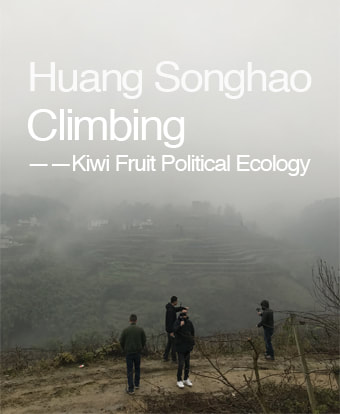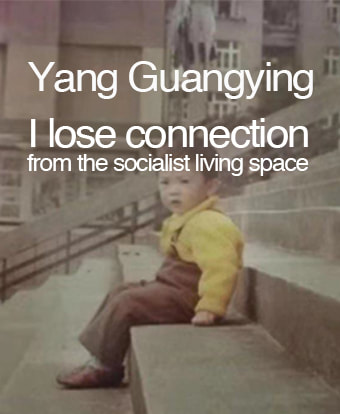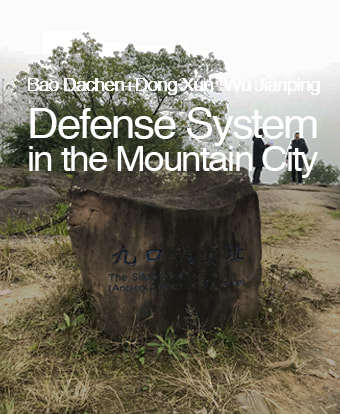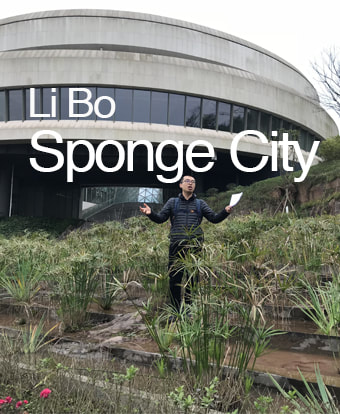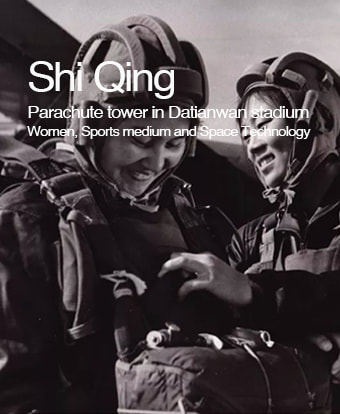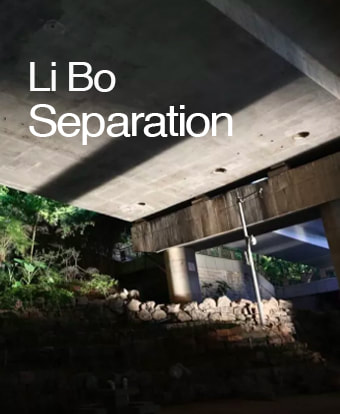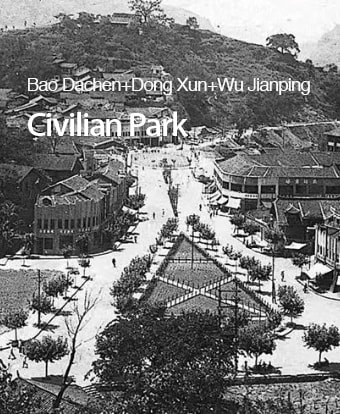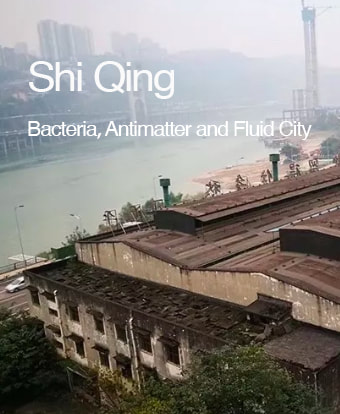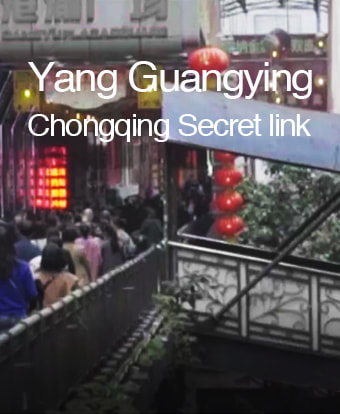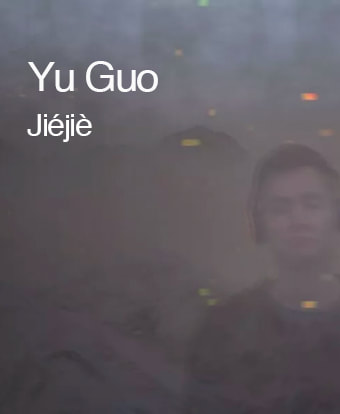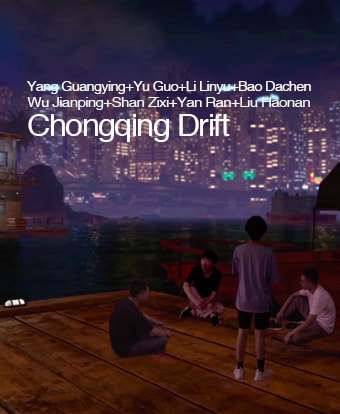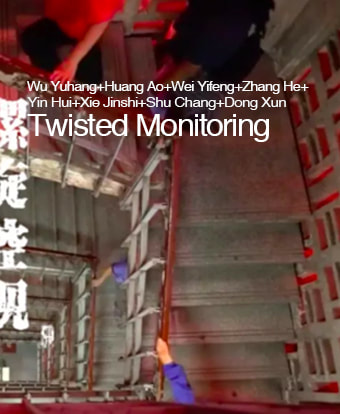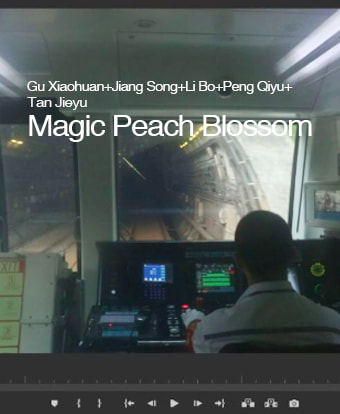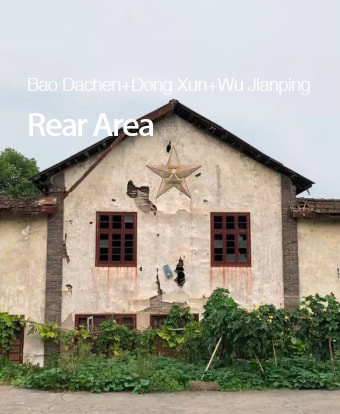Season #3 —— 2019.12
At the end of 2019, Chongqing Work Institute showed four individual plans of artists' artworks. (it was the mid-point of research, not the final artwork) We won't report our works indoors, different from before, we wanna go into the specific realistic space. The landscape will replace the documents or PPTs, artists will face lively fields and spaces directly. We still use the live streaming making our report. The project will be started each 3 pm from December 28, 2019, to January 1, 2020.
重庆工作研究所在2019年年底,对四个独立项目进行发布和汇报。和以往不同的是:我们不会统一在室内进行工作汇报,而是走到具体的现实空间中去,直接面对工作中鲜活的田野和空间,通过网络直播的方式来介绍各位的工作计划。从2019年12月28号开始一直持续到2020年的1月1日,直播时间暂定每天下午3点。
重庆工作研究所在2019年年底,对四个独立项目进行发布和汇报。和以往不同的是:我们不会统一在室内进行工作汇报,而是走到具体的现实空间中去,直接面对工作中鲜活的田野和空间,通过网络直播的方式来介绍各位的工作计划。从2019年12月28号开始一直持续到2020年的1月1日,直播时间暂定每天下午3点。
Season #2 —— 2019.6
The reason why we choice Chongqing is that it integrates the city, countryside, mountain, waterway, construction site, and ruins into one. In addition to the early history of the Anti-Japanese War and the traces of industrialization during the socialist period, it was also incorporated into the globalized production chain. Nowadays, the planning of being a "smart city" has started, and it has become an important artificial intelligence pilot and robot base in mainland China. It can be said that there is nothing more vivid and complicated than Chongqing. Regarding the study of art in Chongqing, it can be traced back to the "Express project" of the "Hinterland Project" in 2015. Which involves the space of labor and capital to the countryside and other topics, as well as recent work on the sustainability of the city of Chongqing.
之所以将重庆成为首选,在于它集都市,乡村,山地,航道,工地,废墟于一体,除了早期抗战和社会主义时期的工业化痕迹,还被纳入全球化的生产链条之中,如今又开启了“智慧城市”的序幕,成为内地重要的人工智能试点和机器人基地,可以说没有比这里更生动而复杂的了。关于重庆的艺术研究,早在2015年《腹地计划》的“重庆班车”,就涉及了劳动空间和资本下乡等话题,以及近年来对重庆城市的持续性工作。
重庆本身的复杂性,不只是夜间的洪崖洞和穿楼而过的轻轨,这种网红式的视觉消费和今天共享城市的规划一样,只不过将这种复杂性连同背后的空间矛盾一并抹平。“重工所“的工作方向,即要在这种复杂语境中打通视野,又要将这些清空,建立新的联结和感性分配,既要反对知识话语失落后的反智,后退入到道德庇护所,也要反对盲目拥抱“技术至上“,而缺乏对技术文化和独立判断和批判。在”紧急写作“的时刻,没有方法和语境可以借助,那么艺术家将如何发生新的轨迹?一种杂糅着想象力,社会行动和技术的方式?这一切迫使我们再度面对这个城市,如何重新认识?如何进入城市的地层,像科幻小说一样去写作?如何进行联合,在更广阔的视野中跃进实践?
之所以将重庆成为首选,在于它集都市,乡村,山地,航道,工地,废墟于一体,除了早期抗战和社会主义时期的工业化痕迹,还被纳入全球化的生产链条之中,如今又开启了“智慧城市”的序幕,成为内地重要的人工智能试点和机器人基地,可以说没有比这里更生动而复杂的了。关于重庆的艺术研究,早在2015年《腹地计划》的“重庆班车”,就涉及了劳动空间和资本下乡等话题,以及近年来对重庆城市的持续性工作。
重庆本身的复杂性,不只是夜间的洪崖洞和穿楼而过的轻轨,这种网红式的视觉消费和今天共享城市的规划一样,只不过将这种复杂性连同背后的空间矛盾一并抹平。“重工所“的工作方向,即要在这种复杂语境中打通视野,又要将这些清空,建立新的联结和感性分配,既要反对知识话语失落后的反智,后退入到道德庇护所,也要反对盲目拥抱“技术至上“,而缺乏对技术文化和独立判断和批判。在”紧急写作“的时刻,没有方法和语境可以借助,那么艺术家将如何发生新的轨迹?一种杂糅着想象力,社会行动和技术的方式?这一切迫使我们再度面对这个城市,如何重新认识?如何进入城市的地层,像科幻小说一样去写作?如何进行联合,在更广阔的视野中跃进实践?
Season #1 —— 2018.12
Chongqing Work Institute(CWI ) is a research-based collective start from May 2018. There are seven fixed members including Bao Dachen, Dong Xun, Li Bo, Shi Qing, Wu Jianping, Yu Guo, Yao Mengxi. CWI is an open platform in connection with research and practice of space. Different from the artists' group and institution, it is a self-organizing collective. Chongqing (including City, County and Rural place) is a research object to us. Therefore, all the topics are set around Chongqing.
CWI entered the second phase of work at the end of 2018. We are going to report our ongoing projects by "Performance lecture". Of course, it is also an attempt and method to display the research-based art. At the same time, we'd like to invite artists and scholars to come together and have live discussions. In the future, CWI will hold two lectures every year to promote related work.
2018年5月,几位年轻的重庆艺术家鲍大宸,董勋,李波,吴剑平,余果和上海艺术家石青,上海策展人姚梦溪共同发起了“重庆工作研究所”(下简称重工所),这是一个把重庆作为研究对象的自我组织,不同于工作小组和机构的性质,“重工所”首先是面对城市工作的敞开式平台。
2018年底“重工所”进入第二阶段的工作,我们准备以“讲演剧场”的形式,将过程中的项目进行工作汇报;当然,也是对研究型艺术展示方式的尝试,同时邀请艺术家和相关学者现场讨论。今后“重工所”每年都将举办两次汇报讲演来推进相关的工作。
CWI entered the second phase of work at the end of 2018. We are going to report our ongoing projects by "Performance lecture". Of course, it is also an attempt and method to display the research-based art. At the same time, we'd like to invite artists and scholars to come together and have live discussions. In the future, CWI will hold two lectures every year to promote related work.
2018年5月,几位年轻的重庆艺术家鲍大宸,董勋,李波,吴剑平,余果和上海艺术家石青,上海策展人姚梦溪共同发起了“重庆工作研究所”(下简称重工所),这是一个把重庆作为研究对象的自我组织,不同于工作小组和机构的性质,“重工所”首先是面对城市工作的敞开式平台。
2018年底“重工所”进入第二阶段的工作,我们准备以“讲演剧场”的形式,将过程中的项目进行工作汇报;当然,也是对研究型艺术展示方式的尝试,同时邀请艺术家和相关学者现场讨论。今后“重工所”每年都将举办两次汇报讲演来推进相关的工作。
2018.6
Chongqing Work Institute(CWI) emphasizes research-based art and urgent writing,and advocates weaving history, artists practice, and knowledge in a larger dimension; and opposes the method of Spectacle or simple visualization in art creation. In the collective project of the first phase of CWI, Chongqing Drift is created according to the participant's memories related to Chongqing in different periods. The artists combined their life experience between different cities and own families' immigration routes to describe the story of immigration; Spiral Monitoring describes a story through the monitoring and confrontation strategy under "vertical geography" of Chongqing; Mageic Peach Blossom is a practical observation and imagination of the Chongqing university town space; Project Rear Area created by the temporary team of Bao Dachen+Dong Xun+Wu Jianping. We moved into the artillery school community in Shapingba to investigate, and this school was built and aided by the Soviet Union in the 1960s.
CWI take a topic as an unit every half year (ex, Geopolitics of Chongqing and Chongqing Cyborg), each member has the opportunity to provide their own perspectives and invite other artists, scholars, and architects, to join in the project. We explore the depth and possibility of the topic through more than one perspective. Finally, each temporary collective should complete an artwork together.
“重工所”强调“艺术研究”和“紧急写作”,提倡在更大的维度中进行对历史,实践和知识的编织,反对以往那些景观或图像的表现。在“重工所“第一阶段的集体项目中,《重庆漂移》根据不同时期的集体记忆,艺术家结合个体生活经验及各自的家庭路径等进行移民写作;《螺旋控视》讲述了重庆”垂直地理“中的监控叙事和对抗策略;《魔幻桃花源》则针对大学城空间进行的切身观察和想象实践;还有鲍大宸,董勋和吴剑平的临时性小组,长期对沙坪坝一所苏联援建的炮兵学校进行调研,以此展开了《后方》项目。
CWI take a topic as an unit every half year (ex, Geopolitics of Chongqing and Chongqing Cyborg), each member has the opportunity to provide their own perspectives and invite other artists, scholars, and architects, to join in the project. We explore the depth and possibility of the topic through more than one perspective. Finally, each temporary collective should complete an artwork together.
“重工所”强调“艺术研究”和“紧急写作”,提倡在更大的维度中进行对历史,实践和知识的编织,反对以往那些景观或图像的表现。在“重工所“第一阶段的集体项目中,《重庆漂移》根据不同时期的集体记忆,艺术家结合个体生活经验及各自的家庭路径等进行移民写作;《螺旋控视》讲述了重庆”垂直地理“中的监控叙事和对抗策略;《魔幻桃花源》则针对大学城空间进行的切身观察和想象实践;还有鲍大宸,董勋和吴剑平的临时性小组,长期对沙坪坝一所苏联援建的炮兵学校进行调研,以此展开了《后方》项目。
